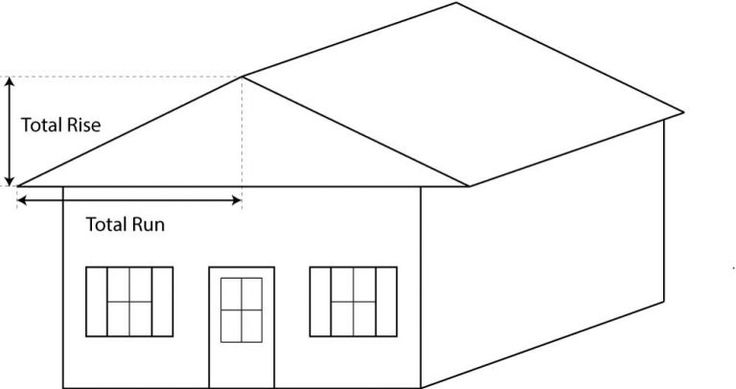Ensuring Safety Measures for Working on Roof Pitch

Maintaining roof pitch safety is paramount for contractors, handymen, and homeowners alike. High-pitched roofs, while aesthetically pleasing, pose numerous risks. Let’s delve into the essential safety considerations and protocols to ensure safe roof maintenance and repair.
Understanding Roof Pitch
The term roof pitch refers to the steepness or slope of a roof. It is typically expressed as a ratio of the vertical rise to the horizontal span. For example, a roof with a pitch of 4:12 rises four inches for every twelve inches of horizontal space. Correctly assessing the pitch is critical before embarking on any roof-related tasks.
Essential Roof Pitch Safety Equipment
Proper equipment can make all the difference in roof pitch safety. Here’s a list of necessary gear:
- Harnesses and Lanyards: These are fundamental in preventing falls. They should be properly rated for construction work and regularly inspected for wear and tear.
- Roof Brackets: These metal fixtures can be attached to the roof to provide a stable platform to stand on, instrumental in maintaining balance.
- Non-slip Footwear: Specialized footwear designed for roof work can greatly enhance grip and stability.
Safety Procedures and Best Practices
Implementing rigorous safety procedures is critical for roof pitch safety. Below are some best practices:
Inspection and Assessment
Before climbing onto the roof, conduct a thorough inspection from the ground. Look for signs of wear, potential weak spots, and check the weather forecast to avoid working in adverse conditions.
Proper Training
Ensure all personnel working on the roof are adequately trained in roof pitch safety principles. This includes the correct usage of safety gear and understanding how to maneuver on different roof pitches.
Read more about Roofing safety here.
Secure Ladders and Anchors
Position ladders at the correct angle and ensure they are securely anchored. When on the roof, always be attached to a reliable anchor point using a lanyard and harness system.
Conclusion
Adhering to these roof pitch safety guidelines is essential for minimizing risks and ensuring safe working conditions on pitched roofs. Proper equipment, thorough training, and a conscientious approach can significantly mitigate the hazards associated with roof maintenance and repair.
By prioritizing roof pitch safety, we can create safer environments for everyone involved in the process, reducing the likelihood of accidents and enhancing overall productivity.





Leave a Reply